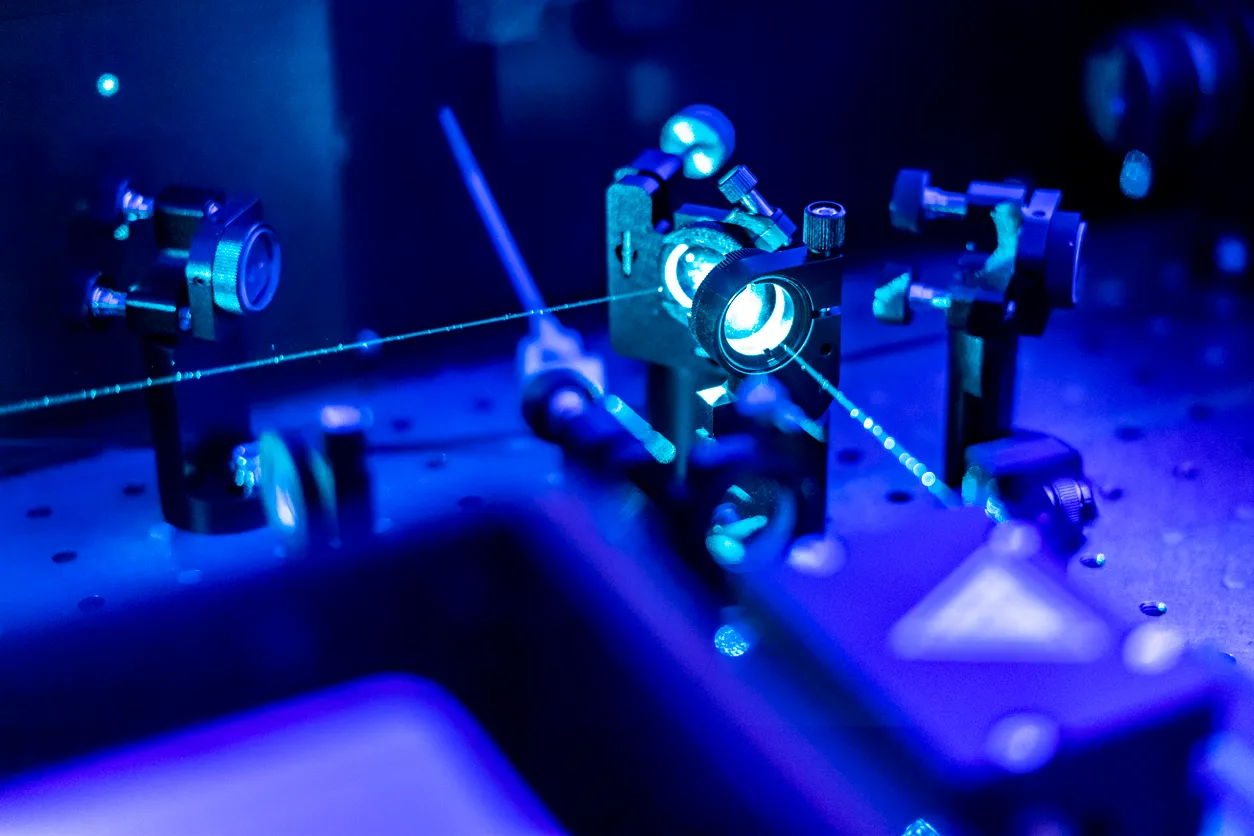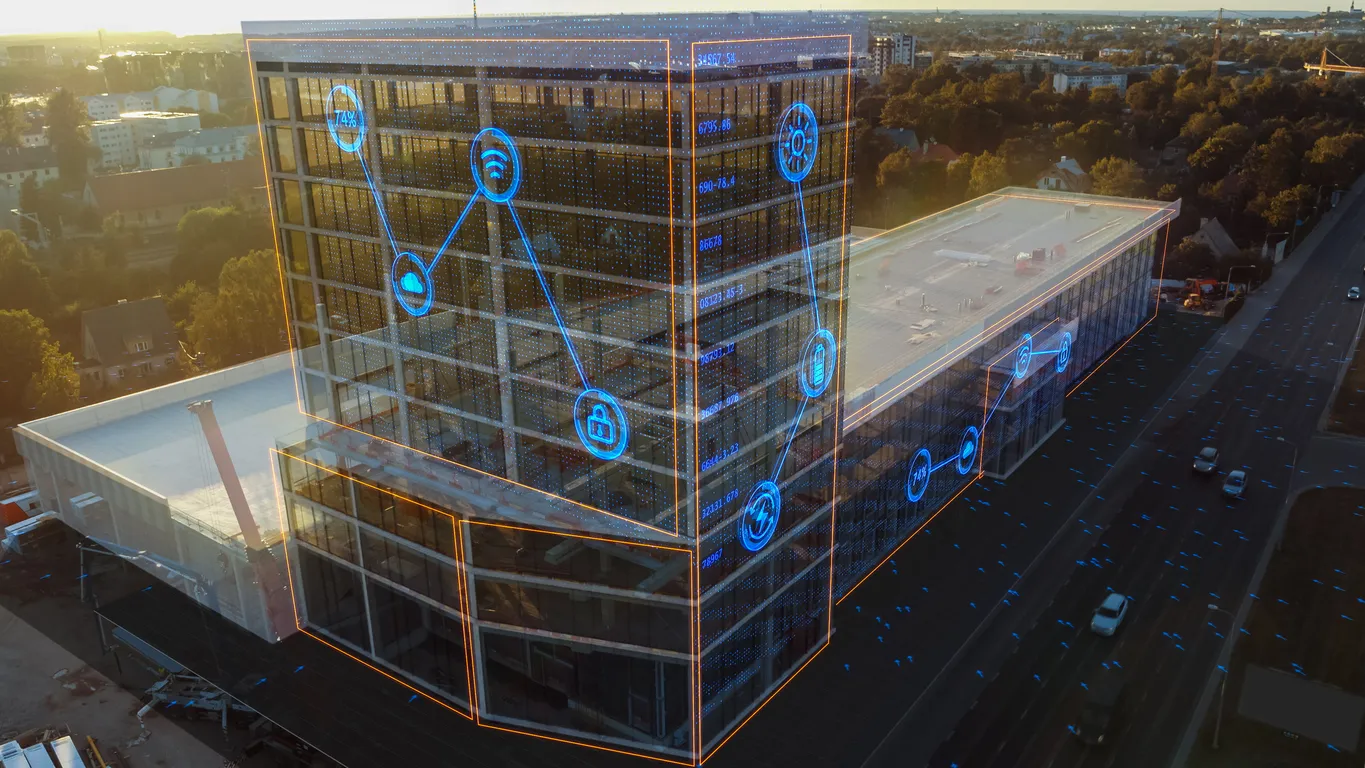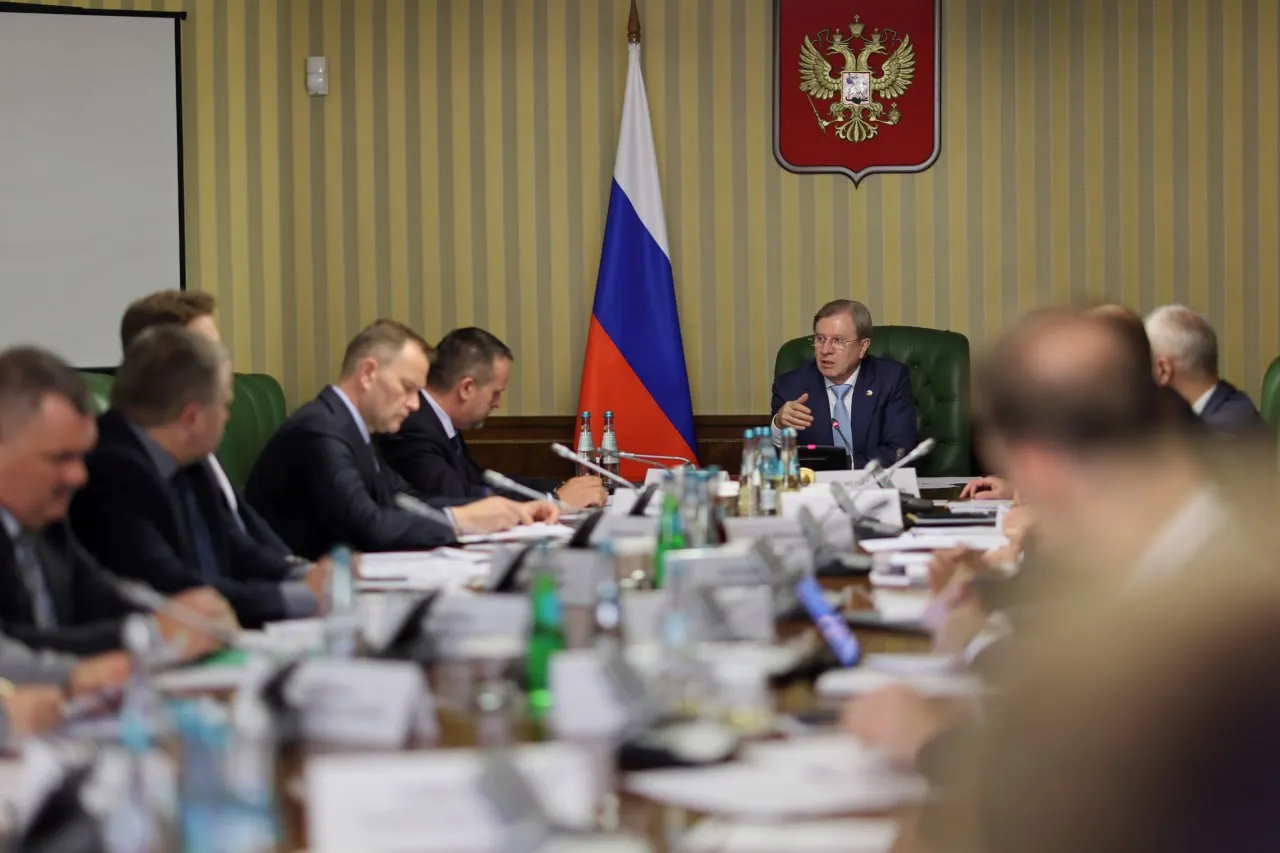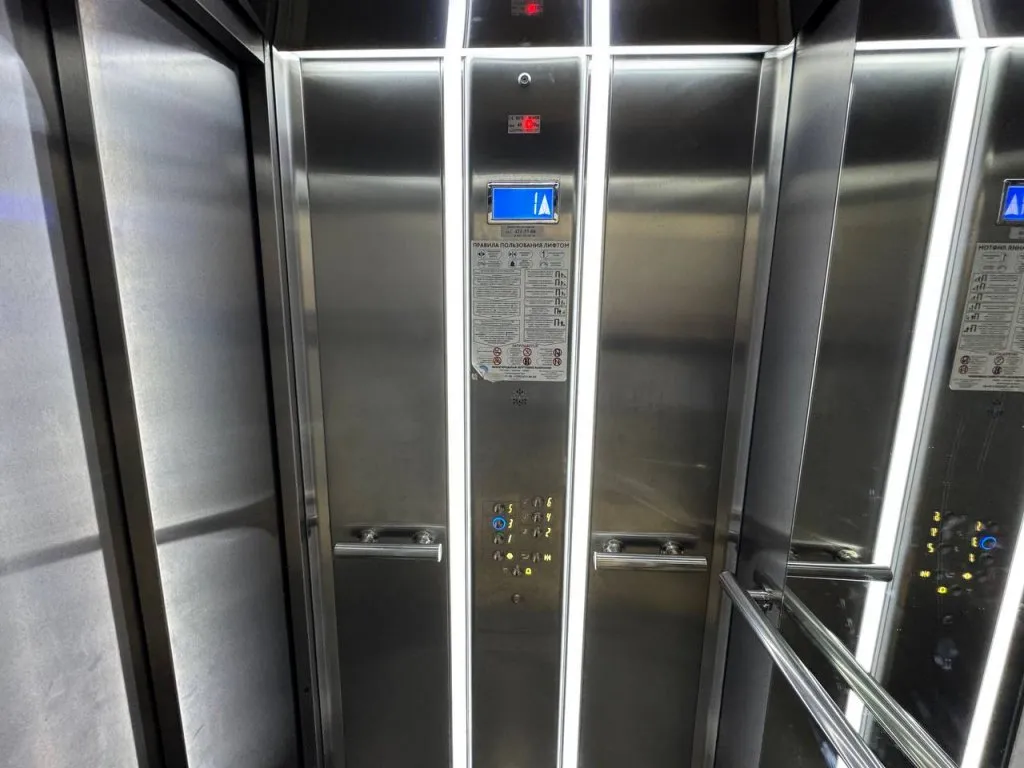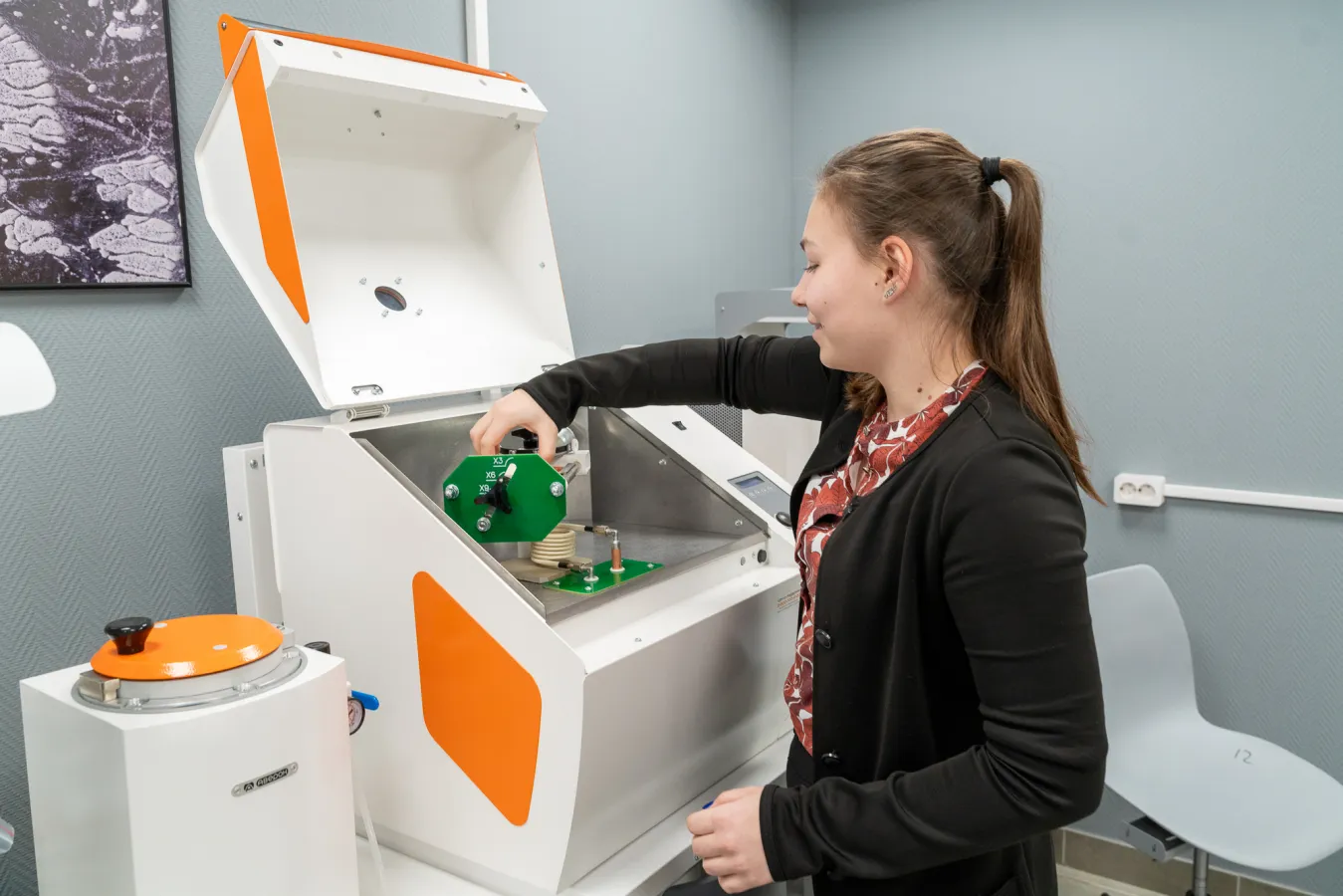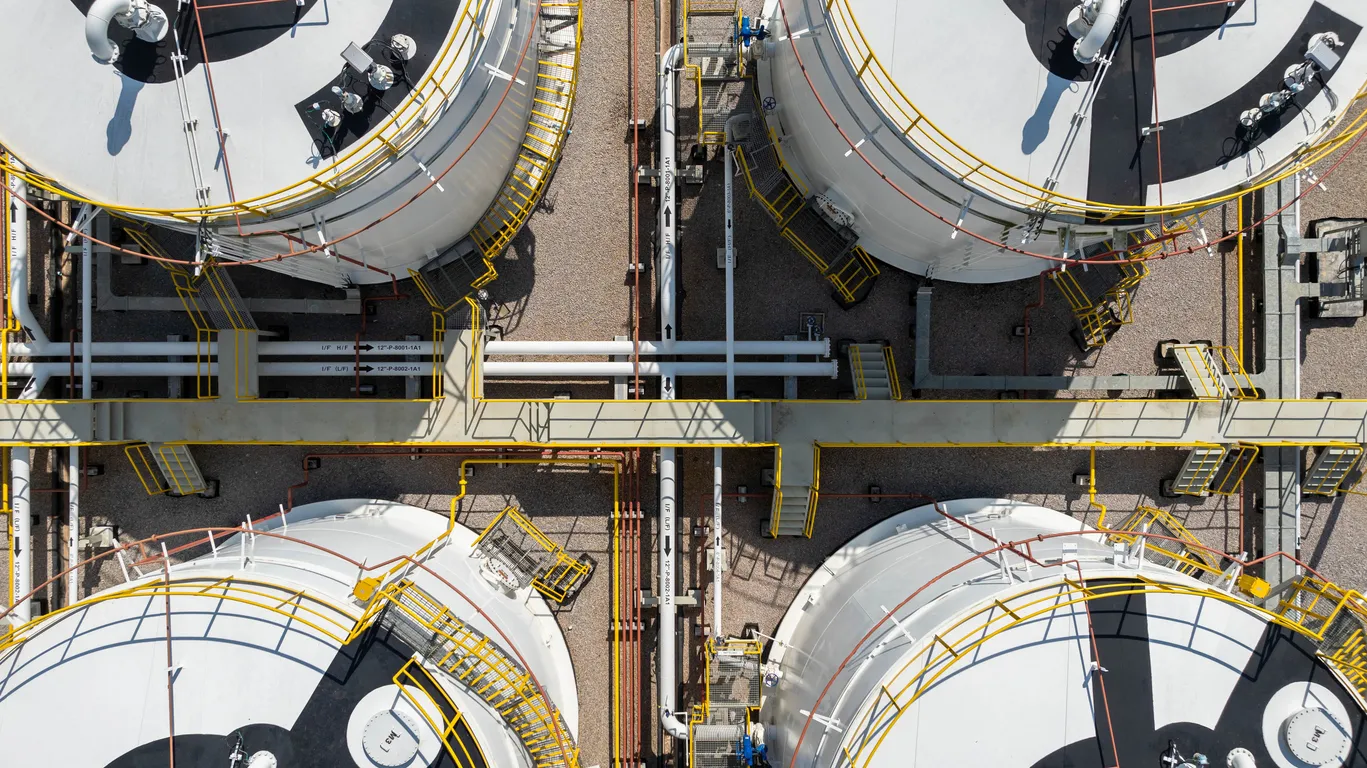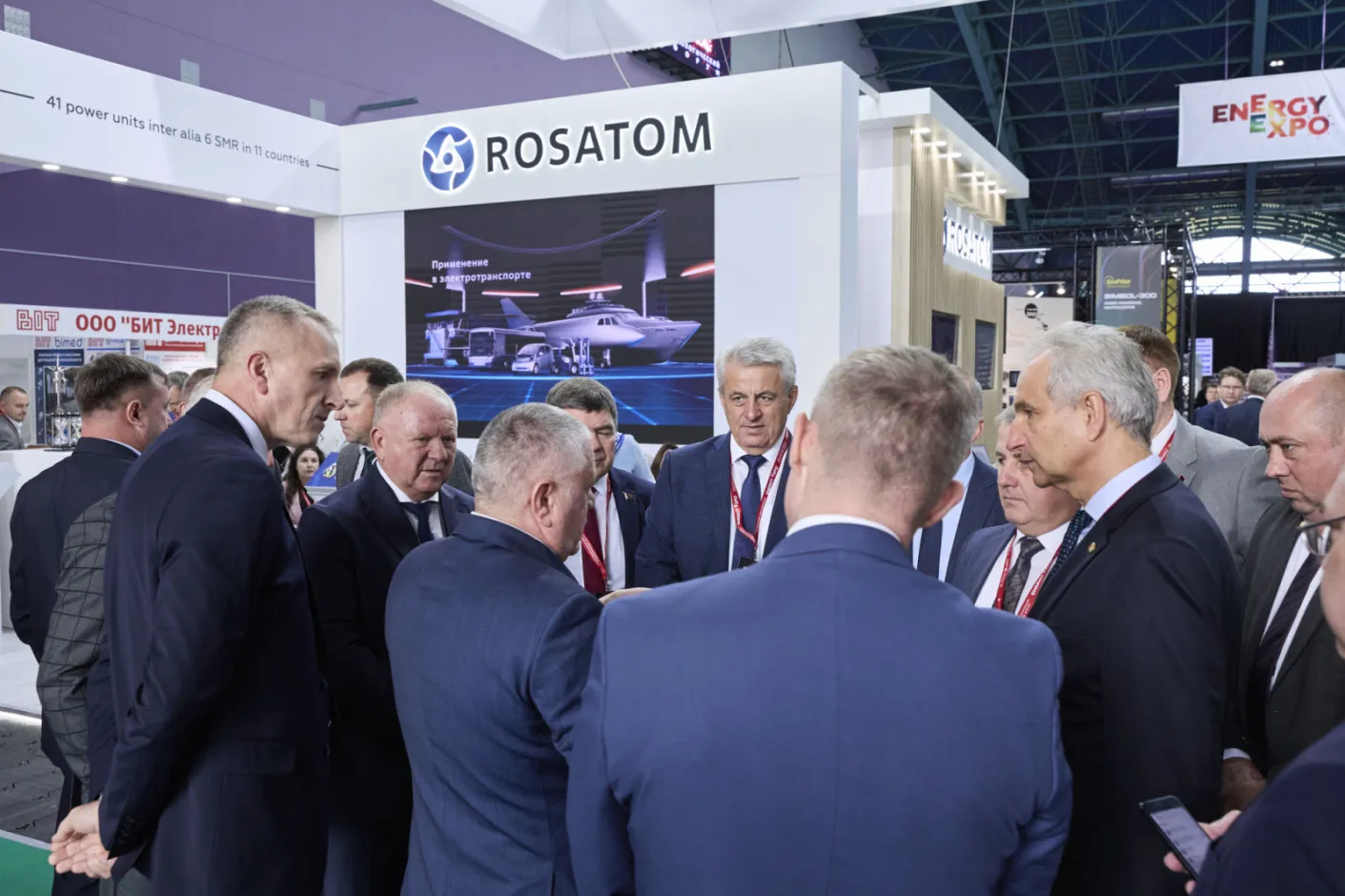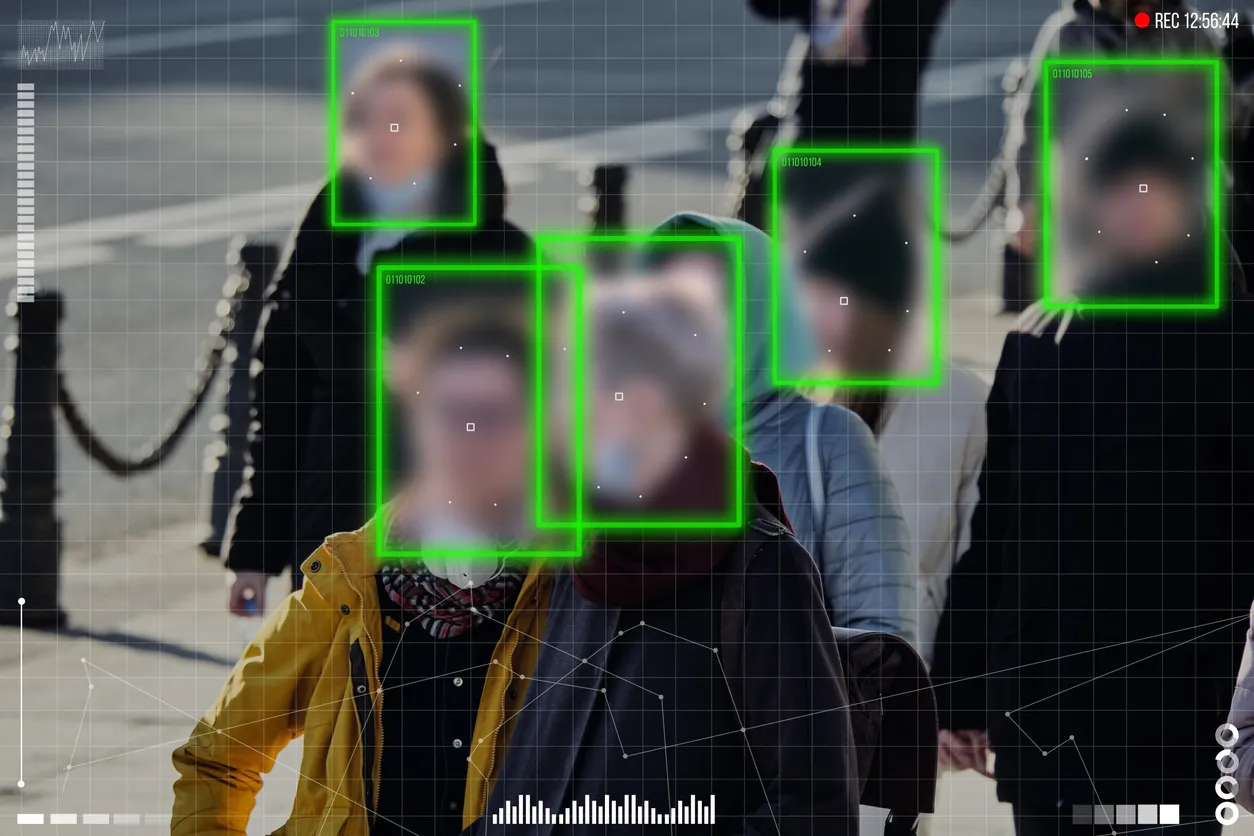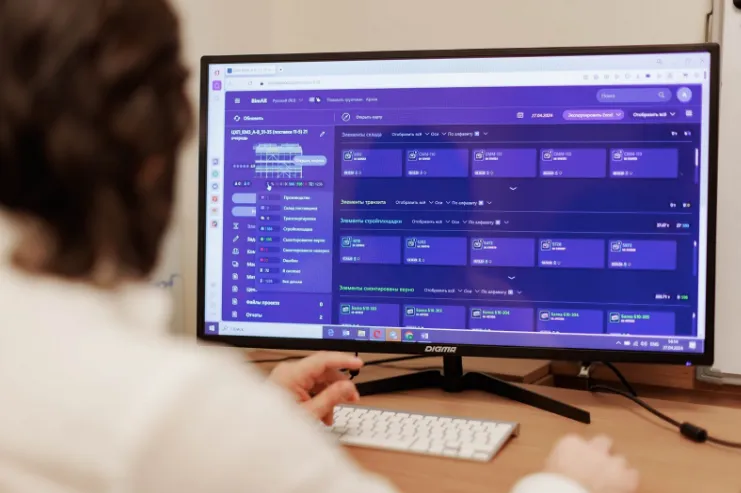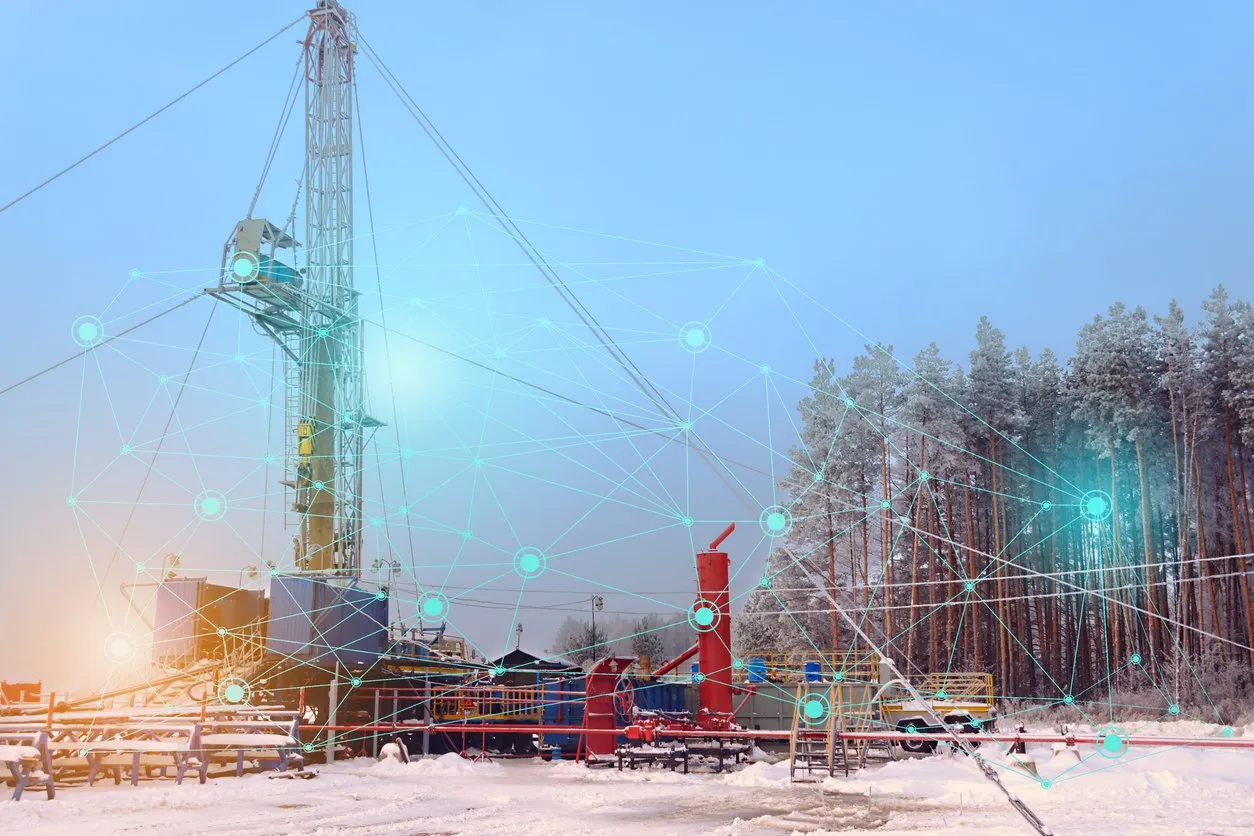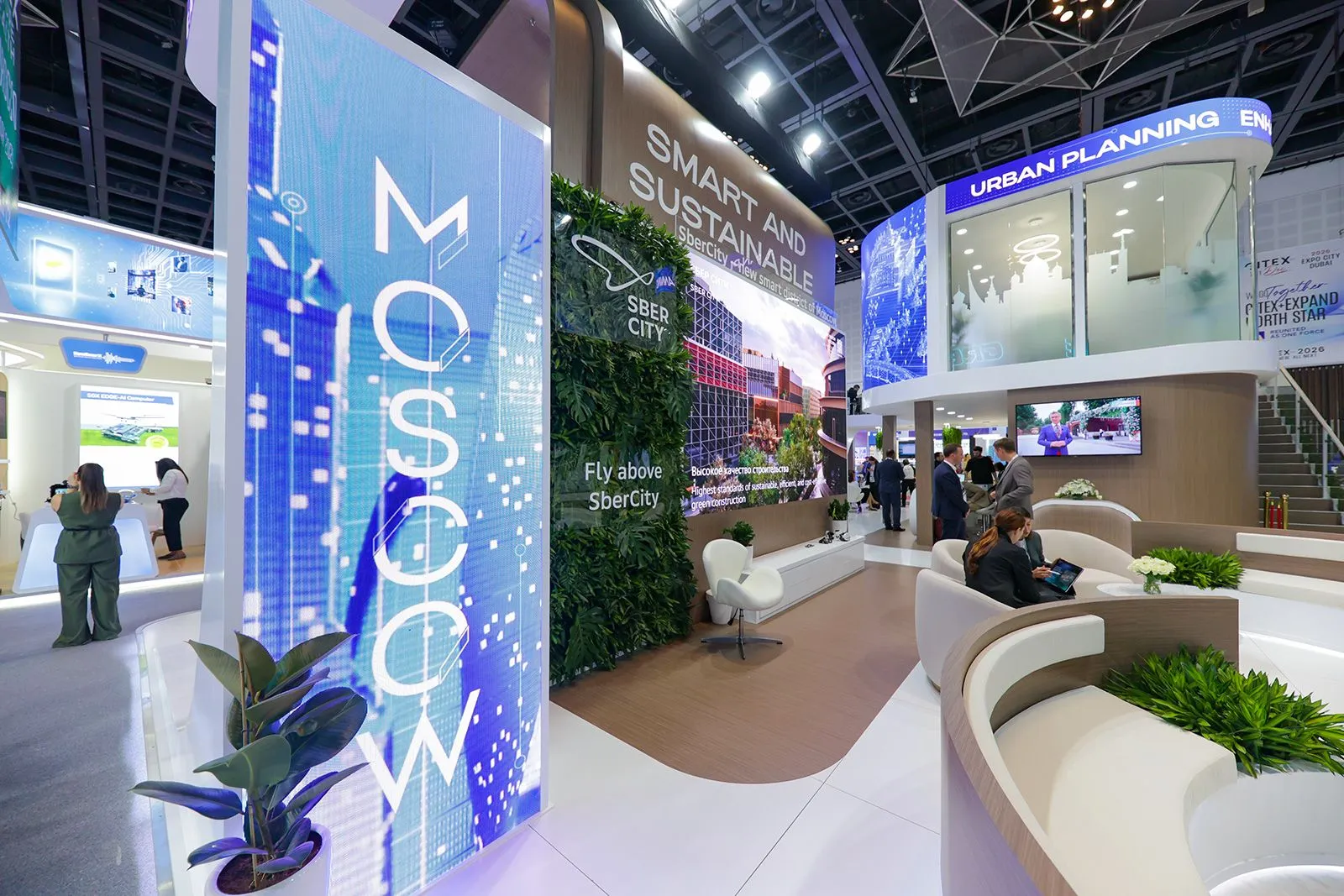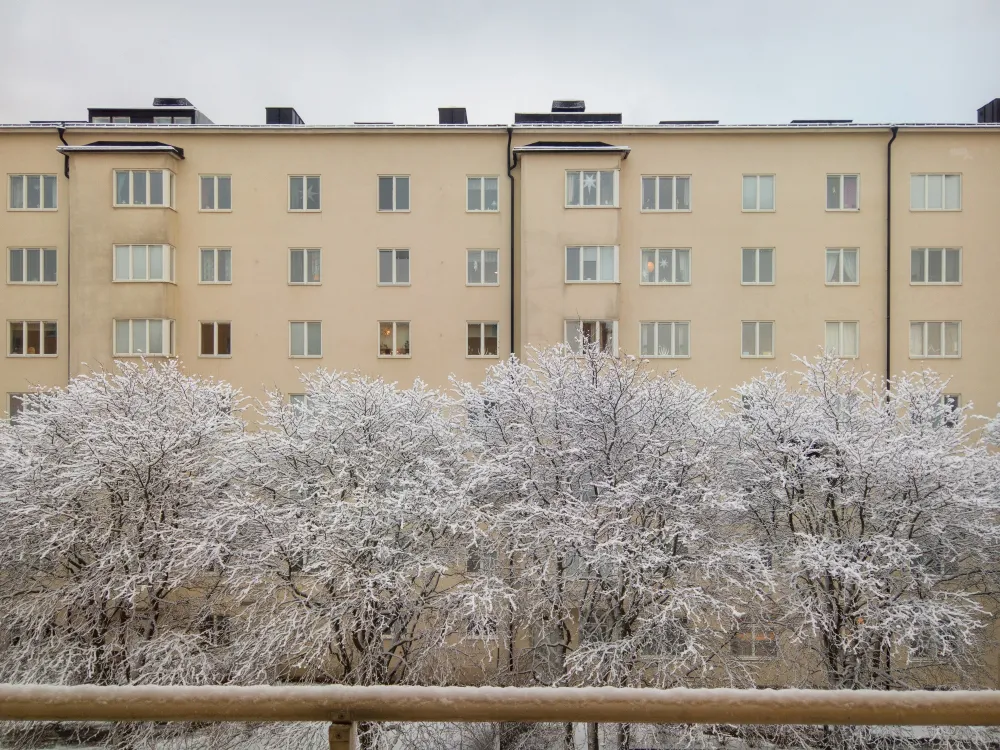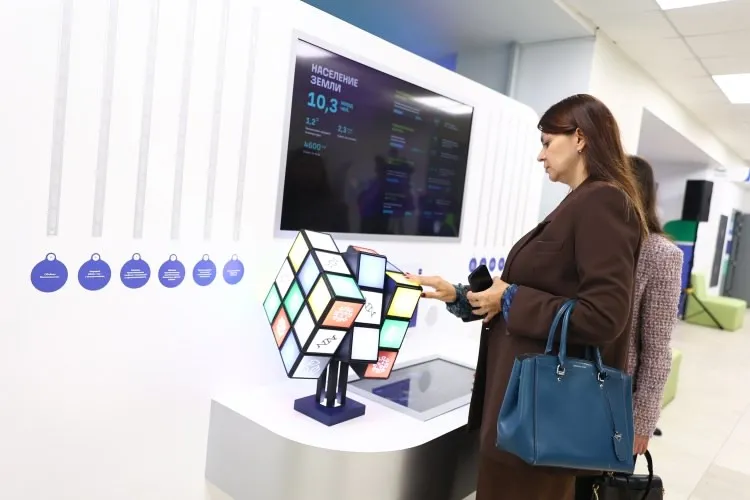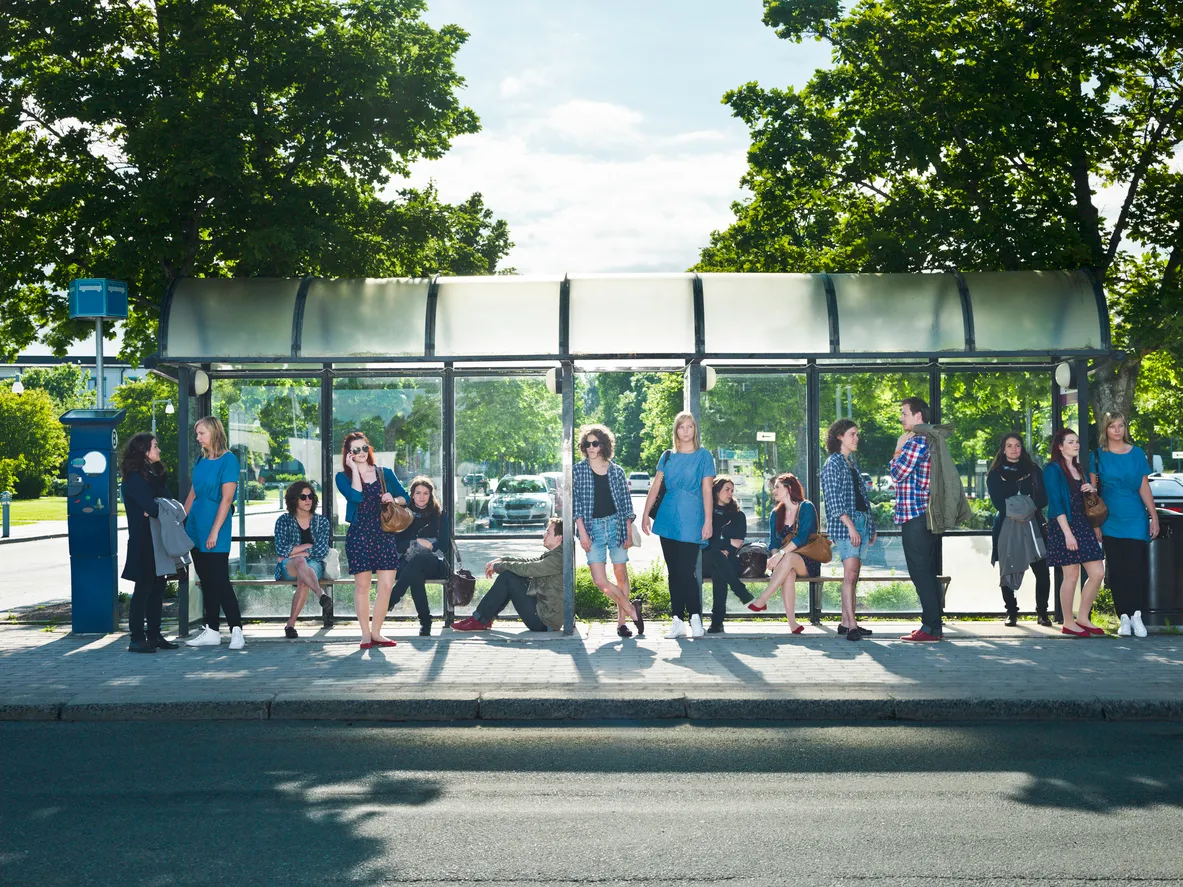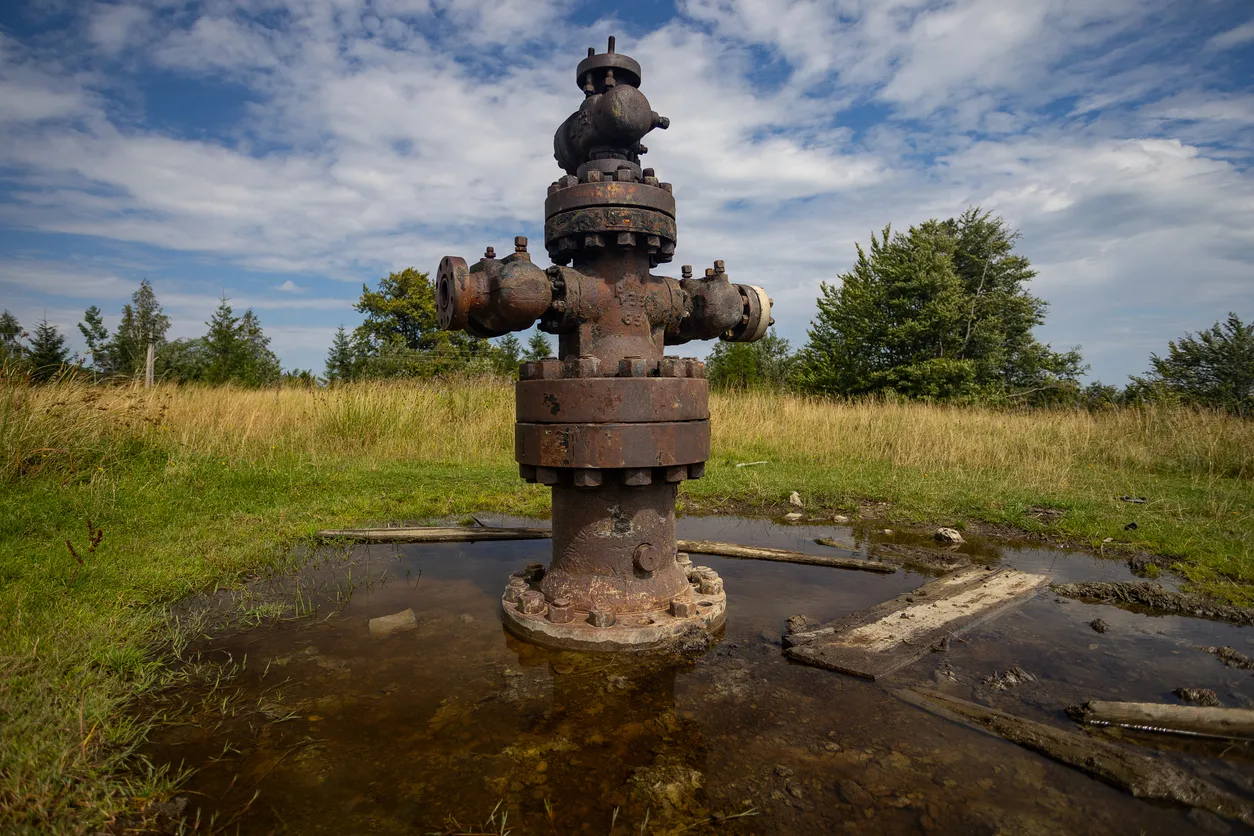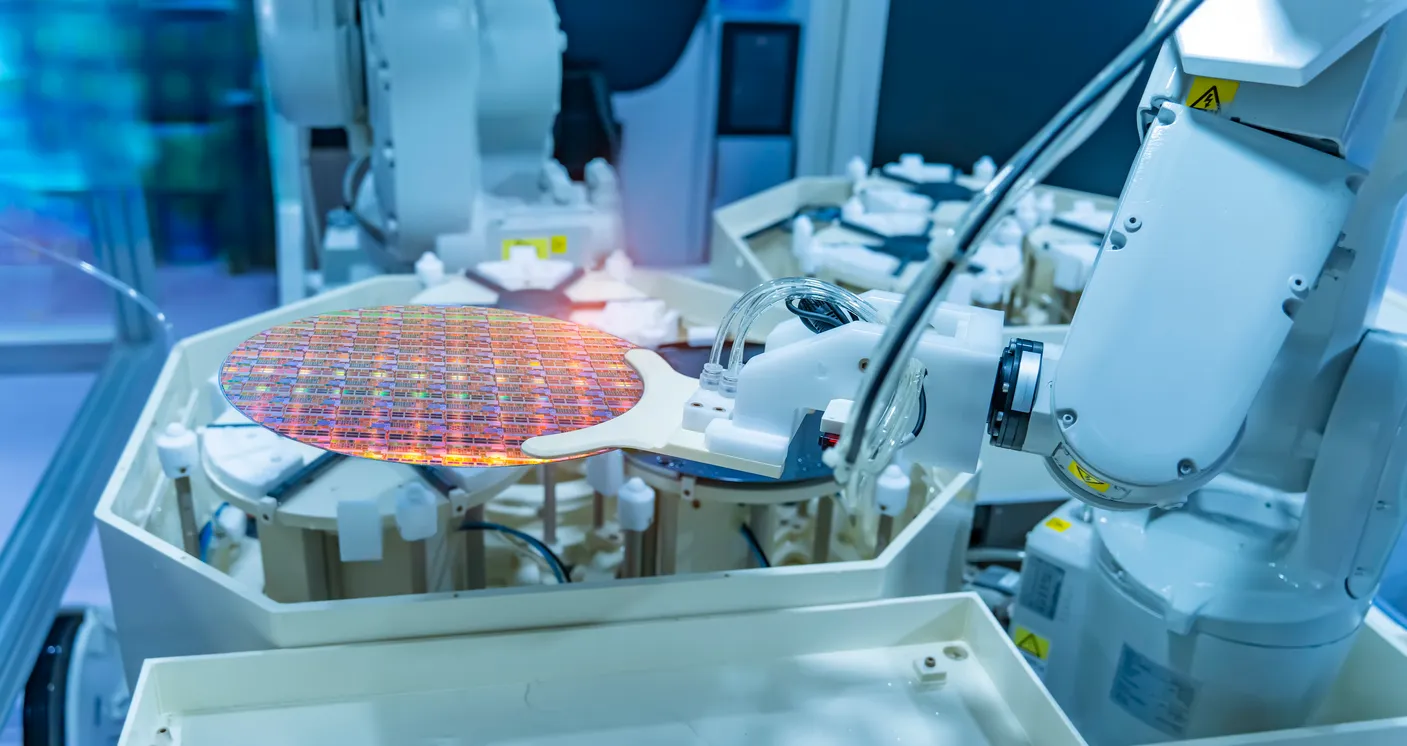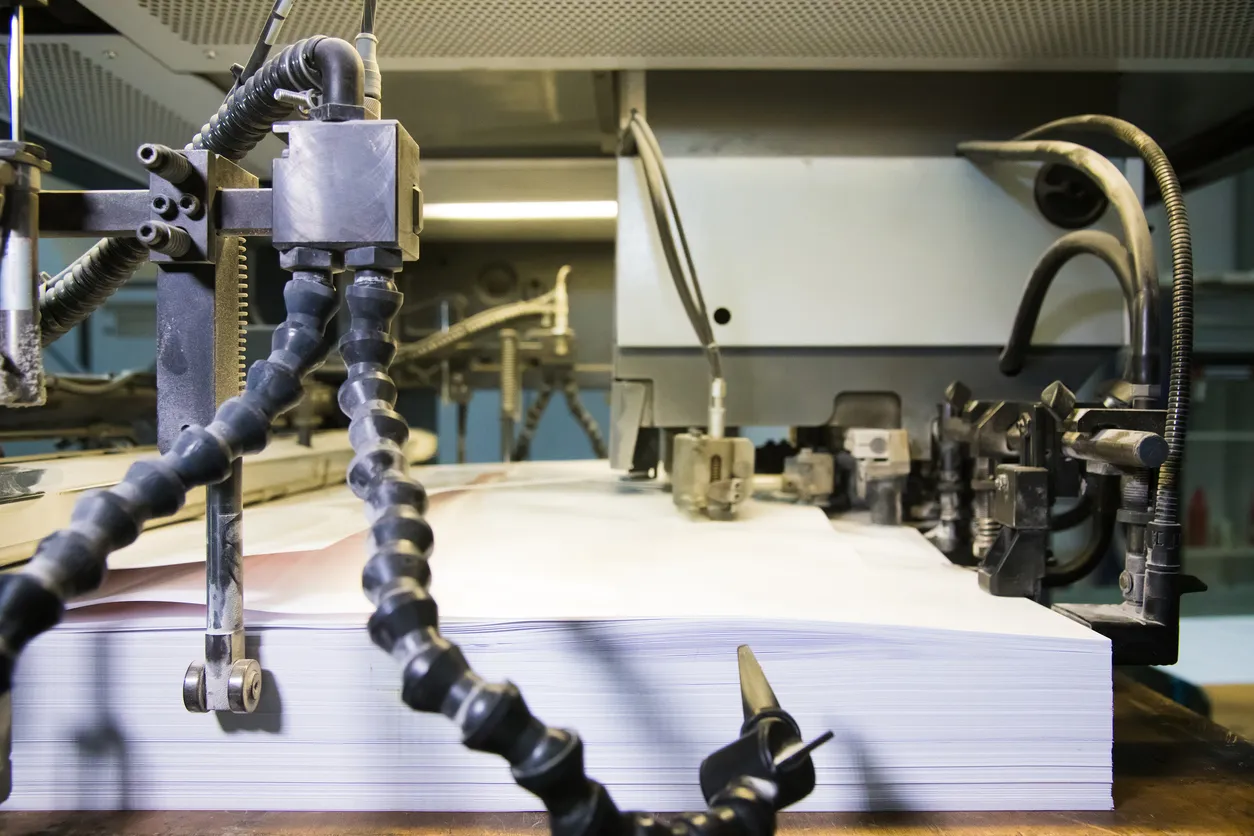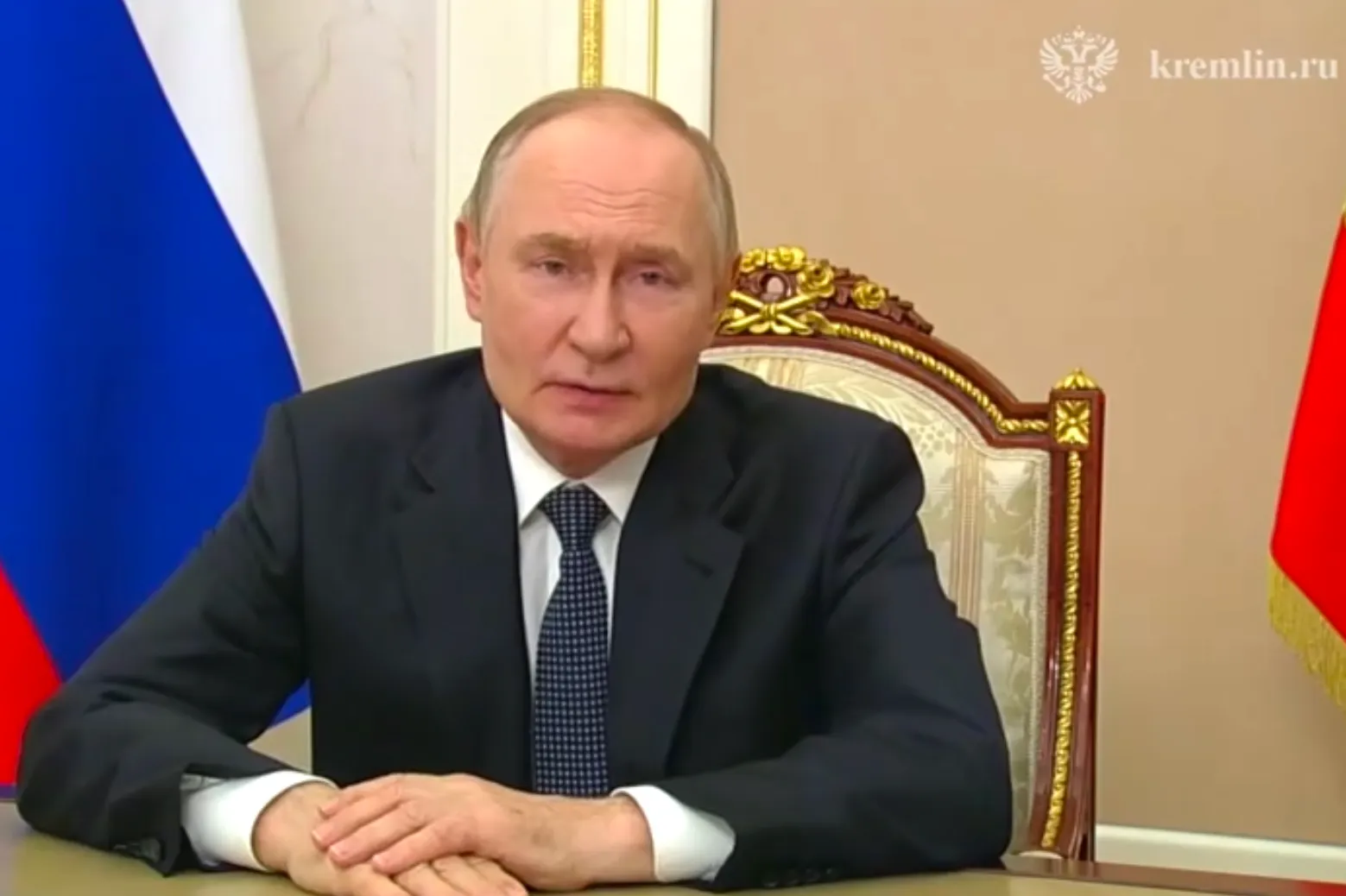AI to Take Control of Russian Trains
A new artificial intelligence system could increase rail capacity by 25 percent and cut energy use — without laying a single new track.
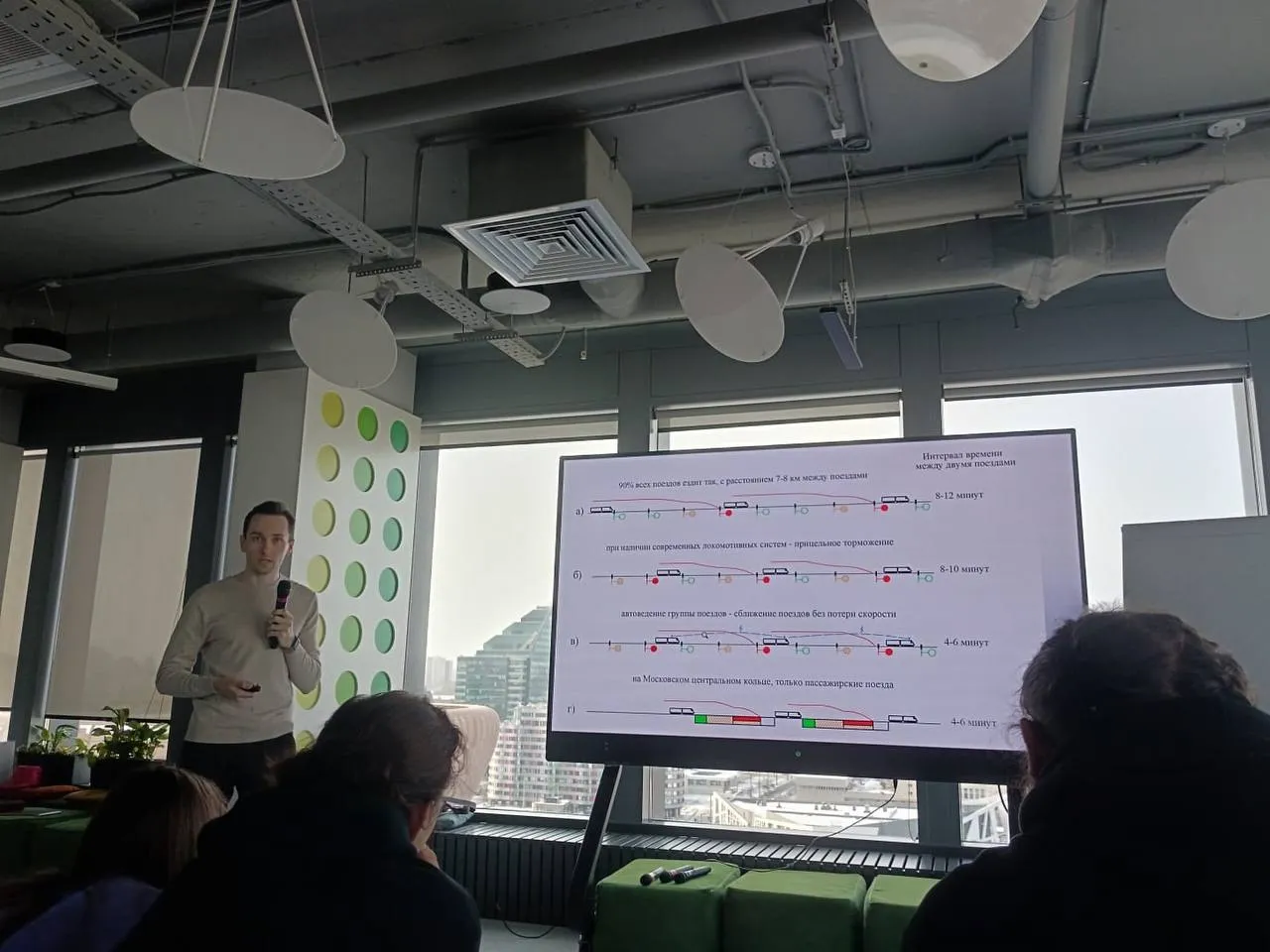
Russia is developing an AI-powered train control system that could make both freight and passenger rail transport faster, safer, and more energy-efficient. The project, led by the Ural State University of Railway Transport with a government grant of 2 million rubles, aims to create an intelligent model capable of coordinating the movement of entire fleets of trains.
Smarter Scheduling, Smoother Traffic
Currently, the intervals between trains on most Russian lines are 8 to 12 minutes. With the help of AI-driven optimization, those gaps could shrink to 5 to 7 minutes, boosting the rail network’s throughput by up to 25 percent — all without expanding infrastructure. The system also promises to cut energy consumption by around 5 percent, a significant saving in one of the world’s largest rail networks.
Reinforcement Learning on the Rails
The system is based on reinforcement learning, a branch of AI where algorithms learn optimal behavior through trial and error. In a virtual simulation, the model will experiment with train movements, receiving “rewards” for fast and efficient runs and “penalties” for delays or wasted energy. Over time, it will learn to balance punctuality, safety, and efficiency under a wide range of real-world conditions.
Another core element of the project is the development of a “virtual coupling” system, which allows multiple trains to exchange data and synchronize their speeds automatically. Current systems can connect two trains; the new model aims to manage much longer chains, laying the groundwork for future AI-managed passenger trains that could dramatically improve scheduling precision.
If successful, Russia’s project could set a global precedent for AI-driven rail logistics, showing how smart coordination can modernize transport without massive physical expansion.





